Cherry blossoms bloom, new employees join, and before I knew it, the cherry blossoms have been replaced by lush green foliage.
I’m feeling a bit anxious about how quickly the seasons change (and how quickly I’m aging too...).
Hello and good evening, everyone.
Today, I’m going to disassemble this motor.
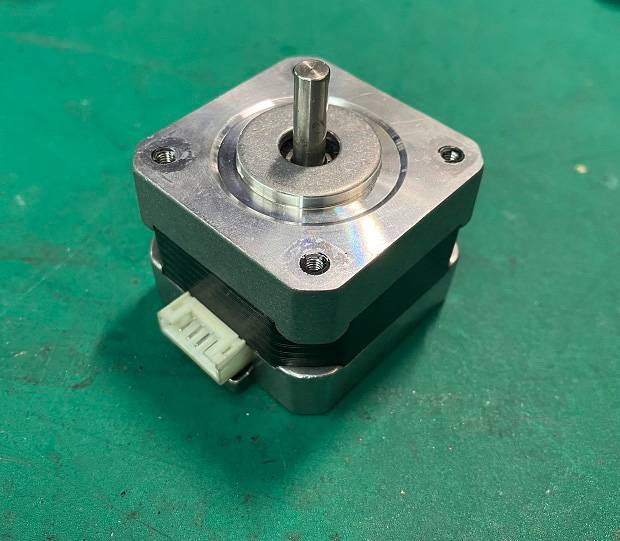
This motor is a defective part that was used in a customer’s lighting fixture to repair.
It has stopped working due to deterioration and is now only to be thrown away, but since I have it here, let’s take a look inside.
Now, let’s open it up.
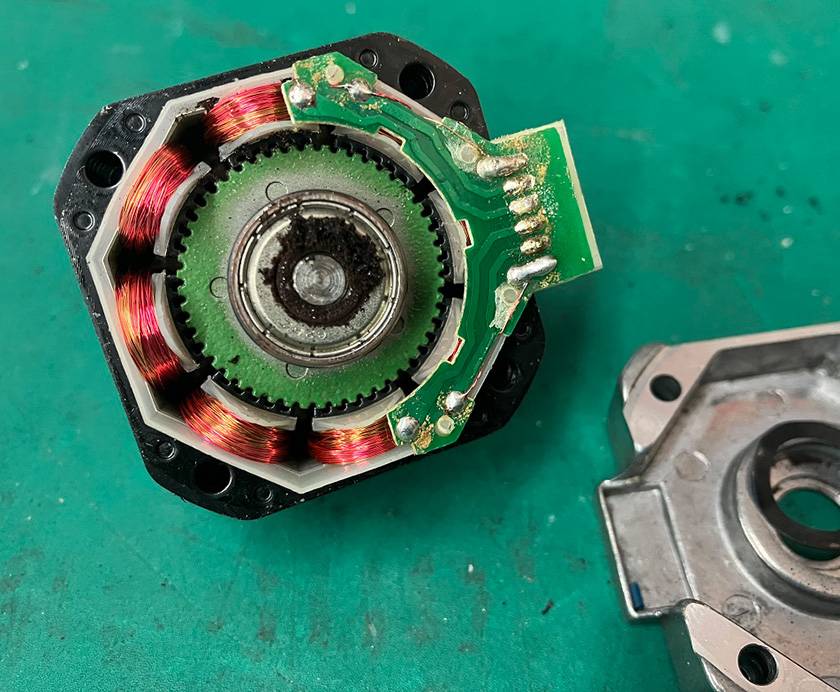
Upon opening the lid, the cause of the malfunction is obvious. The rotating shaft and bearings are stuck due to rust. They won’t move even if I try to turn them by hand.
As I remove the parts that can be taken out, it separates into components like copper wires and a part like a gear.
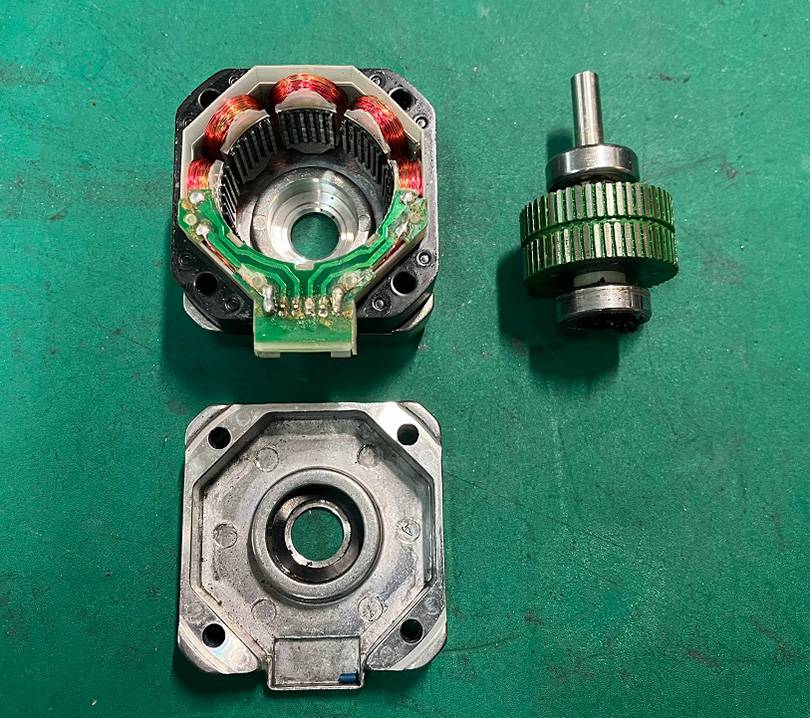
The components are the casing, coil, permanent magnet (rotor), shaft, and bearing.
How exactly does this work?
The Basic Mechanism of Motor Rotation
A motor utilizes the forces of a permanent magnet and an electromagnet.
When current flows through the electromagnet, it generates a magnetic field (north and south poles), which either attracts or repels the north and south poles of the permanent magnet.
However, if only the magnetic field is generated, the north and south poles will merely attract each other. By timely switching the direction of the current flowing through the electromagnet, the process of pulling and releasing repeats, resulting in continuous rotation.
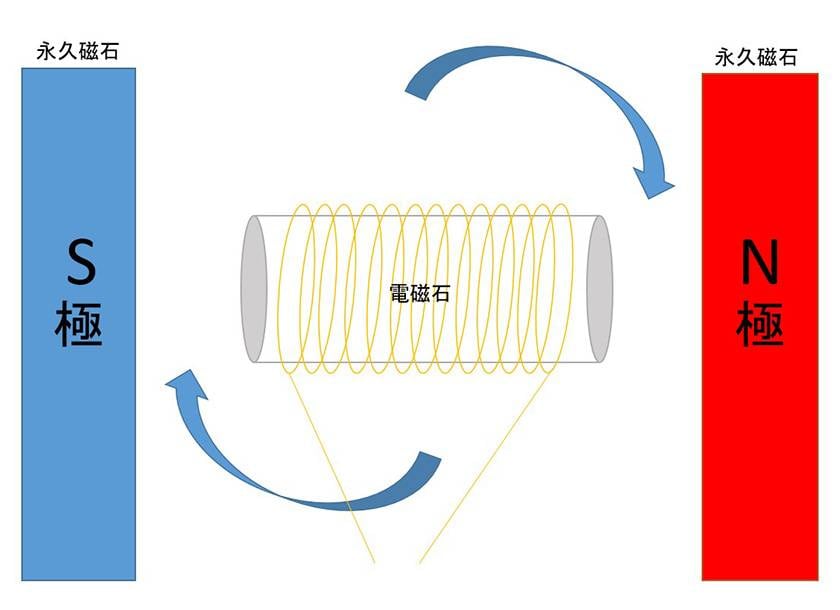
Is This a Special Kind of Motor?
The previously explained mechanism involves rotating the electromagnet, but the motor I’m disassembling today rotates the permanent magnet side.
Here’s a diagram to illustrate this.
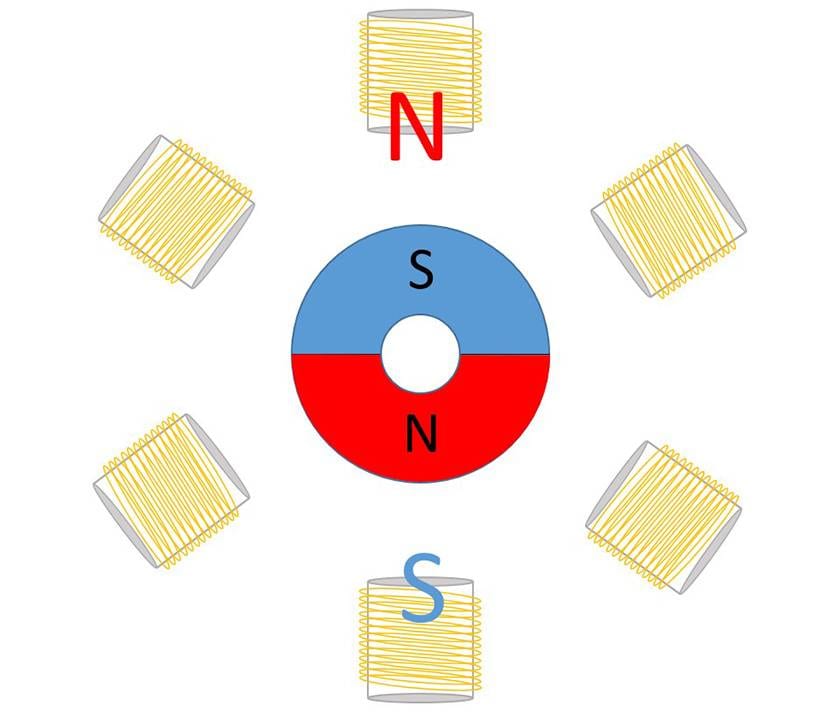
By sequentially passing current through several coils, the direction of the permanent magnet changes. The advantages of this motor are that it can hold a specific position (allowing for angle control) and can produce torque even at low speeds.
Due to its step-by-step rotation, it is commonly known as a stepping motor.
Here’s another diagram to illustrate this.
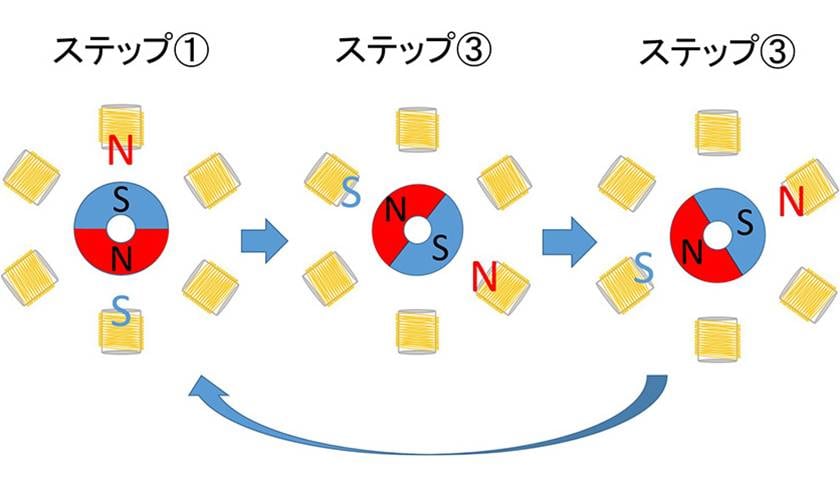
*The number of coils, rotor diagram, and step numbers are omitted.
Conclusion
Upon researching, I’ve found that there are many more types of motors out there, reflecting the history of human innovation. If you’re interested, I encourage you to explore further.
As a repair technician, I occasionally disassemble discarded parts to deepen my understanding of the components.
Knowing the mechanisms helps in quickly identifying faulty areas and determining which parts need replacement. For improved work efficiency, I continuously engage in self-improvement.
I’ll write another post if I find more parts that I can disassemble.
See you then!






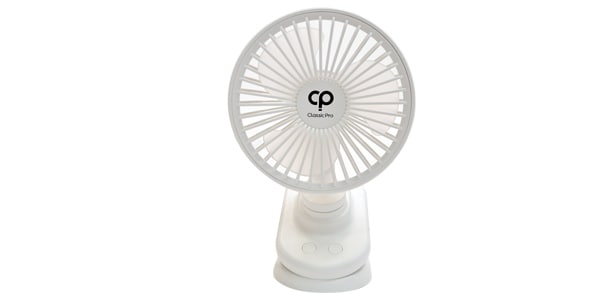
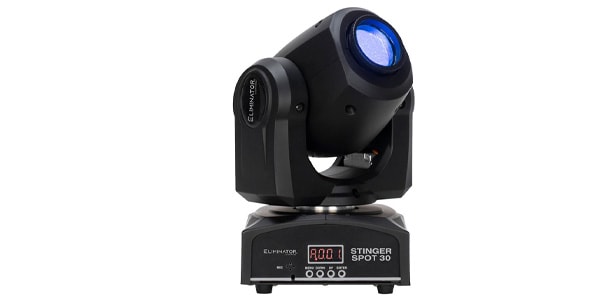
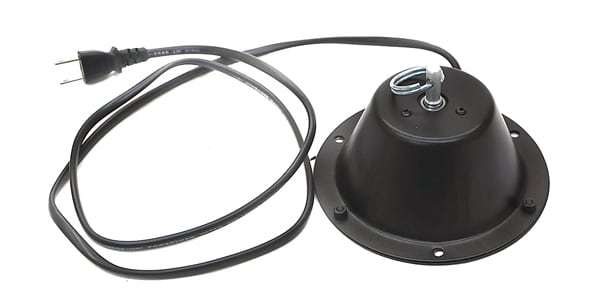
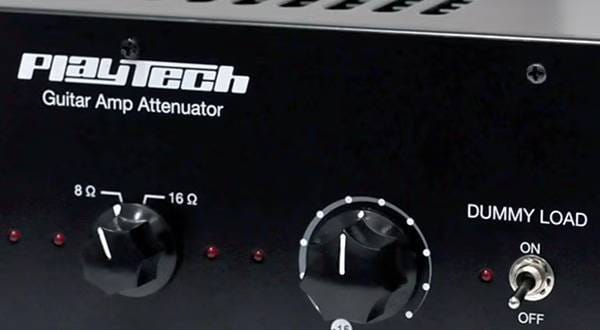



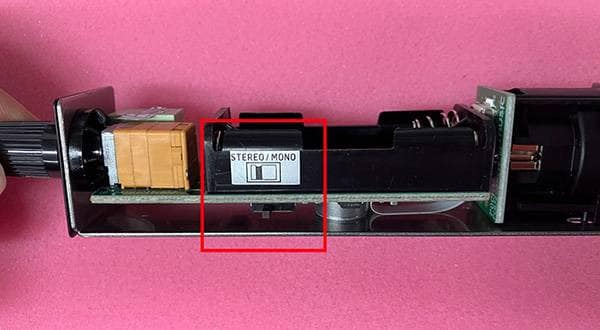
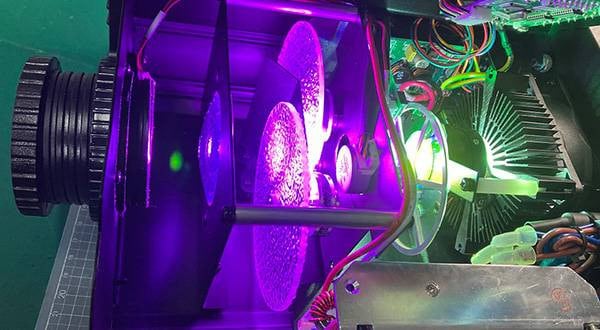
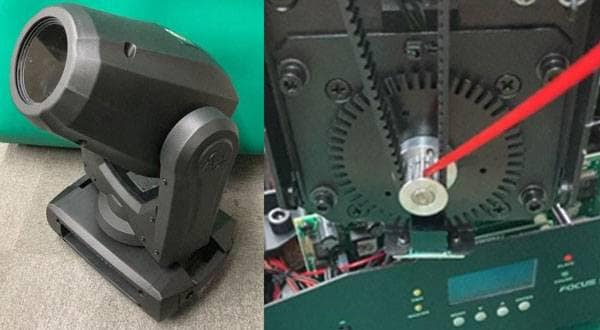

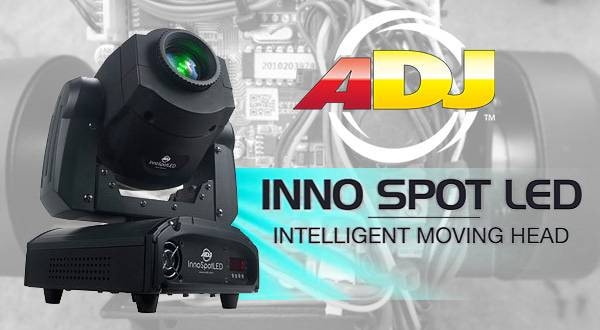
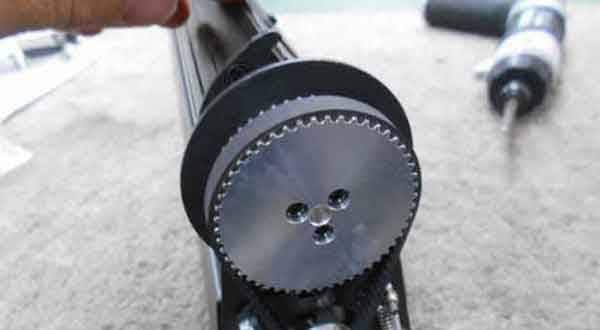
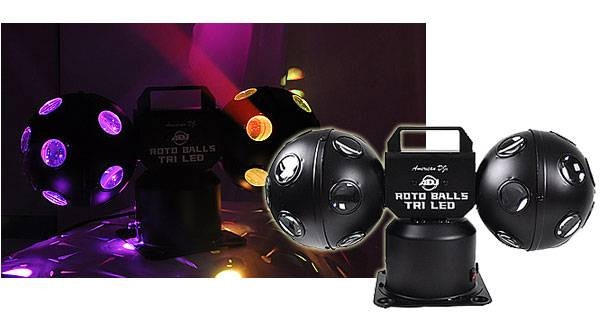
 STAGE EVOLUTION ステージ照明
STAGE EVOLUTION ステージ照明
 AMERICAN DJ ステージ照明
AMERICAN DJ ステージ照明
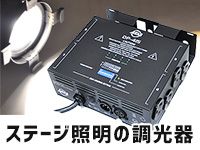 ステージ照明の調光器
ステージ照明の調光器
 プロ仕様 ステージ照明 ELATION
プロ仕様 ステージ照明 ELATION
 小さなパーティでも役立つカッコイイ照明機材
小さなパーティでも役立つカッコイイ照明機材
 照明入門講座
照明入門講座















